
There are several free WP store themes available if you’re just getting started and need to save a few dollars.
Review list of best WordPress shopping cart plugins. Covers top 10 free and shopping cart plugin comes as a WordPress theme that you can install. Best Free Wordpress Themes Rated by Users, Live Demo and Free Download. top wordpress themes, wordpress shopping cart, wordpress themes download. 10 Best ecommerce WordPress themes for your online business. WordPress shopping cart plugins can be easily integrated with the theme. Here is the collection of best new premium ecommerce wordpress themes and shopping cart for your wordpress ecommerce.
The downside of using a free WordPress theme is that they’re not well supported or updated and you may not want to take the risk of something breaking and then losing customers. A great alternative is a premium WordPress ecommerce theme that includes quality support and frequent updates. Below we’ve put together a review list of the best WordPress ecommerce themes available today. These include both premium and free themes that you add to your WP site to start selling today. For more WordPress resources to improve your online store, see our list of premium WordPress plugins.
1. ShopAholic (Premium WordPress ecommerce Theme)
Price: $25
ShopAholic is organised ecommerce WordPress theme. The theme supports Multi Column displays up to 4 columns to display your products. Theme provides wide featured slider to promote top products. Theme offers Category customization, Scrollable latest products. Old browsers like IE6 compatible. Images are also automatically resized.
2. sShop (Premium WordPress ecommerce Theme)
Price: $65.00
eShop ecommerce WordPress theme is very easy to install. Unlike other themes you don’t have to install every component step by step. The theme comes with built in shopping cart that supports multiple gateways like PayPal, Google checkout, bank transfer and more. The theme supports all the blogging functionalities.
The price is reasonable because the theme comes with all the shopping cart features.

3. enVirashop (Premium WordPress ecommerce Theme)
Price: $30
enVirashop is a very neat ecommerce WordPress theme designed to sell but also provides an exciting shopping experience. The theme comes with Custom favicon, custom logo, 5 shopping cart colours, custom banner texts and featured post.

4. eStore (Premium WordPress ecommerce Theme)
Price: $39
eStore by Elegant Themes probably is the most stylish WordPress ecommerce theme out there. I find it a bit hard to setup the theme at the beginning but once you are done you will have a very stylish estore for sure. They offer 30 days money back guarantee. eStore theme comes with five unique color schemes. WordPress shopping cart plugins can be easily integrated with the theme. Product images are automatically resized into thumbnail. Elegant theme offers great product support.

5. Wp FlexiStore (Premium WordPress ecommerce Theme)
Price: $35
Wp FlexiStore is integrated with WP E -Commerce plugin to create a versatile and feature packed WordPress powered shop, with 3 different layout options and unlimited color possibilities. You can mix up content on the homepage with swappable content areas, and change between 2 different footer areas, or use both! Wp FlexiStore is a versatile WordPress ecommerce theme that you can re-brand it to suit your business by simply changing a few settings.

6. rgbstore (Premium WordPress ecommerce Theme)
Price: $30
rgbstore is a pretty cool WordPress ecommerce template. Theme comes with three color variations: red, green and blue. Other features are: Custom Post Type for Slider, Custom Post Type for Testimonials, Menu Manager, Auto Image Resizing with New Post Thumbnail, 2 Sidebar Position, 6 Page Templates, Custom Widget, jQuery Slider, Multi Level Dropdown Menu, Cufon font replacement, Cross Browser Compatible, PSDs files Included.

7. WP STORE (Premium WordPress ecommerce Theme)
Price: $65
The theme is already integrated with eShop shopping cart plugin. WP STORE features: One click auto install, shopping cart included, multiple payment gateways, shipping options, tax managements, grid view/list view, blogging functionality and many more.

8. ESTORE (Premium WordPress ecommerce Theme)
Price: $35
ESTORE is a very clean and well organized WordPress ecommerce theme. ESTORE Features: New Custom Post Type for Slider, New Custom Post Type for Portfolio, New Custom Post Type for Products, New Custom Post Type for Testimonials, New Menu Manager, Auto Image Resizing with New Post Thumbnail, 4 Sidebar Position, 7 Page Templates, Option to use Left or Right sidebar position, Custom Widget, jQuery Cycle, jQuery PrettyPhoto, Multi Level Dropdown Menu, Cufon font replacement, Cross Browser Compatible, Well Documented, PSDs files Included.
9. SOFA $hopper (Premium WordPress ecommerce Theme)
Price: $40
SOFA $hopper is a very trendy WordPress ecommerce theme. It does include 3 major payment gateways to process buyer shopping basket at the checkout; PayPal, 2CheckOut and Authorize.net. In addition, e-mail orders are also supported. The theme has Stock Inventory management built-in as well as Orders Overview/Tracking straight from front-end. Another cool thing is a featured products banner rotator – Piecemaker (Adobe Flash), fully integrated into system. Other Features: 8 built-in Widgets, Switchable layouts, multiple prices per product allowed, Entirely settable via theme Options page.
10. OScomm (Premium WordPress ecommerce Theme)
Price: $35
OScomm is a clean, modern, web 2.0 style wordpress Ecommerce theme suitable for Online Store and shopping cart sites. This theme is compatible with WP Ecommerce plugin.












 Apple's
Apple's 




 Go Professional means more planning and research. If yo plan yor
Go Professional means more planning and research. If yo plan yor 

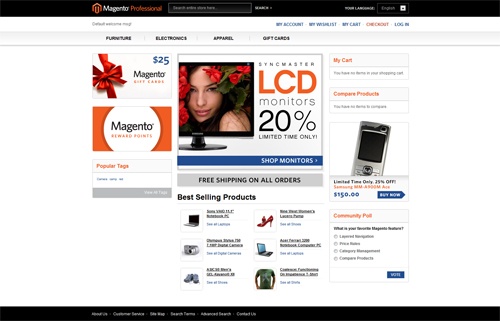
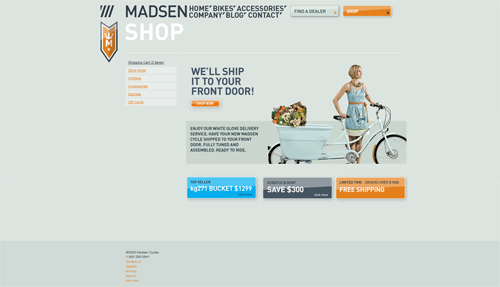
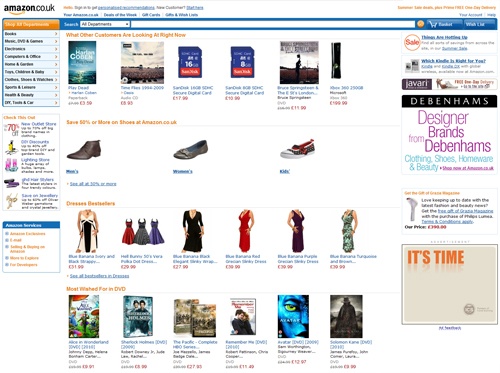


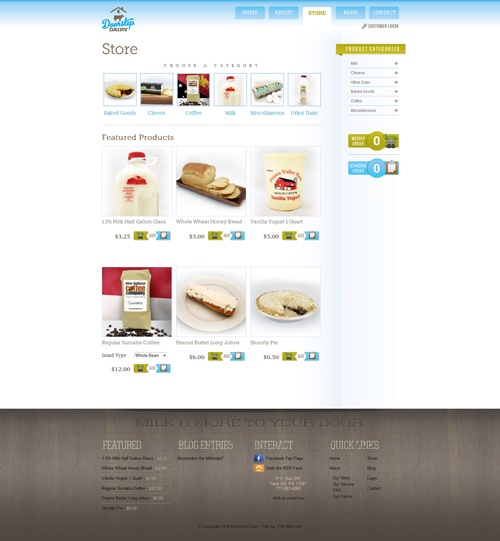
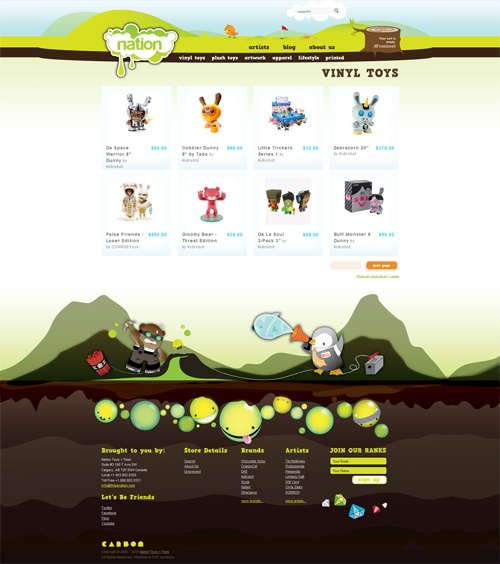
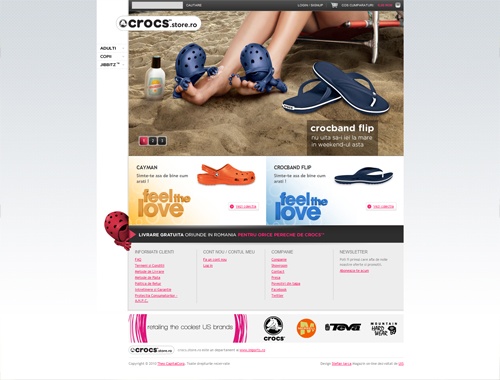
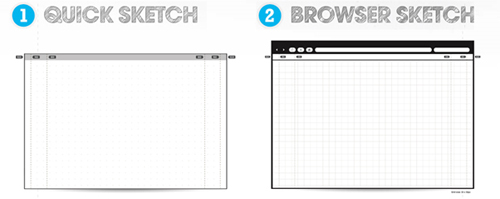
 Save money and saving money more to buy
Save money and saving money more to buy 














